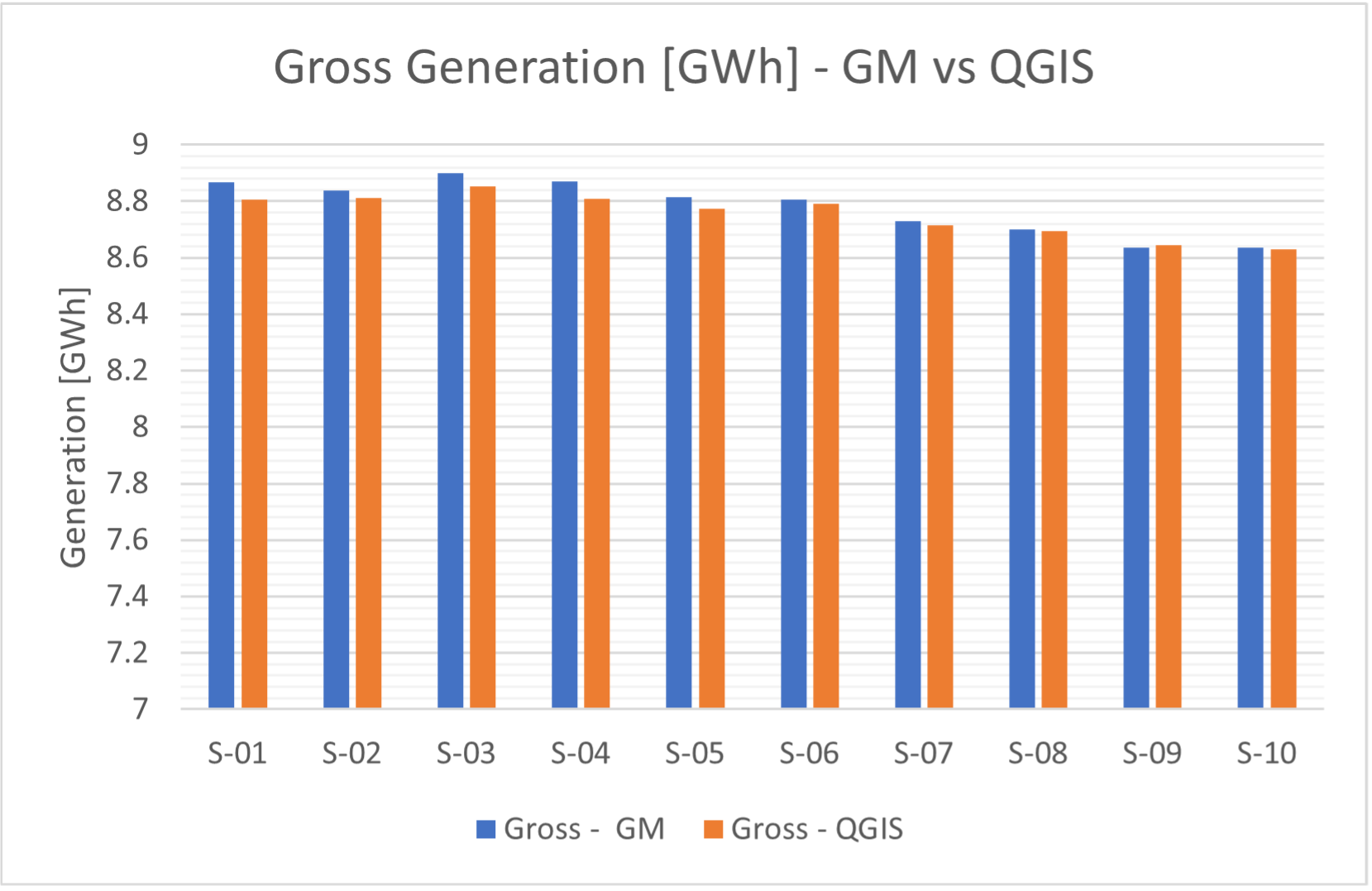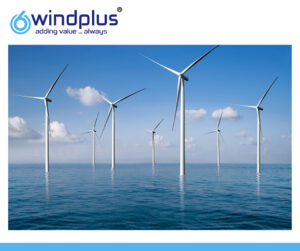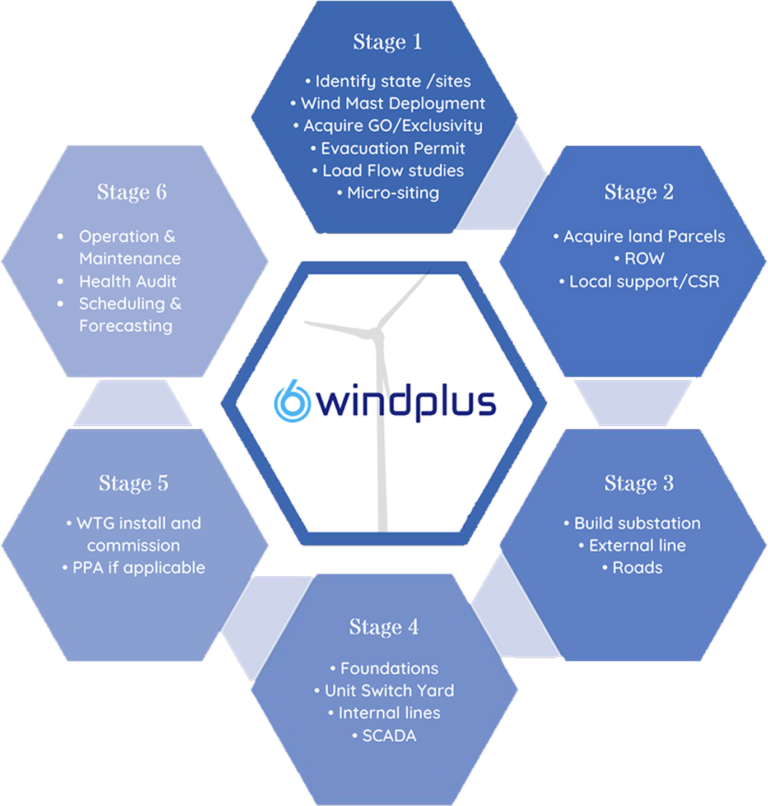Vector map is one of the inputs used to generate an annual energy production estimate of a wind farm. The map contains information about terrain elevation as well as roughness elements such as villages, water bodies and vegetation. One of the usual methods that is followed to create the vector map is using a combination of Google Earth(GE) – to identify & mark the roughness elements and Global Mapper(GM) – to generate elevation contours. This approach involves a considerable amount of manual work which could be time consuming, in case bigger boundaries need to be considered.
Hence, an alternate approach has been explored by Windplus to automate the process of vector map generation using an open-source software called QGIS. This method makes use of satellite imagery and open-source datasets to identify roughness elements and generate elevation contours through QGIS. The results are shared in a series of images below(Figures 1, 2 & 3) where a visual comparison of the final results is produced.
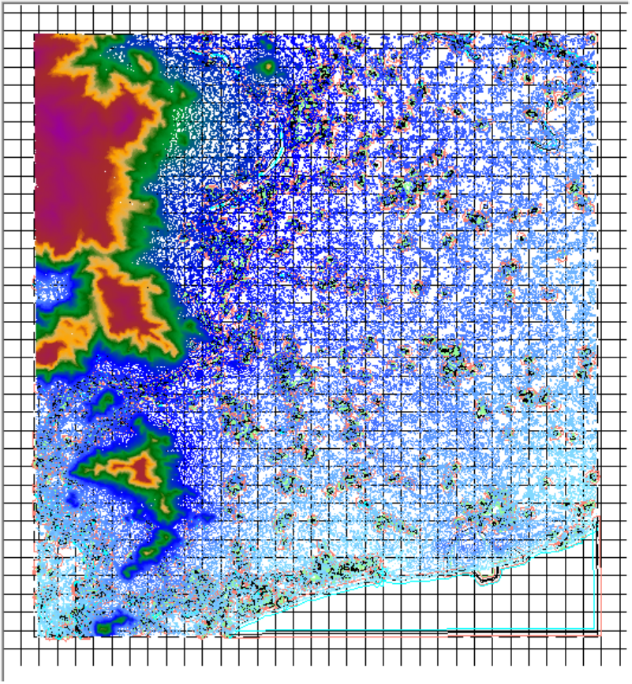
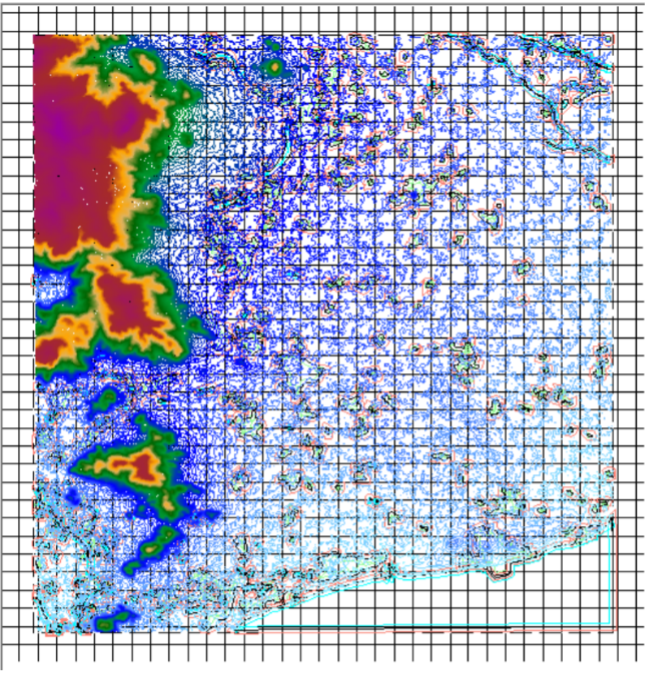
Fig 1. Overall Vector Map – QGIS(left) VS Google Earth + Global Mapper(right)
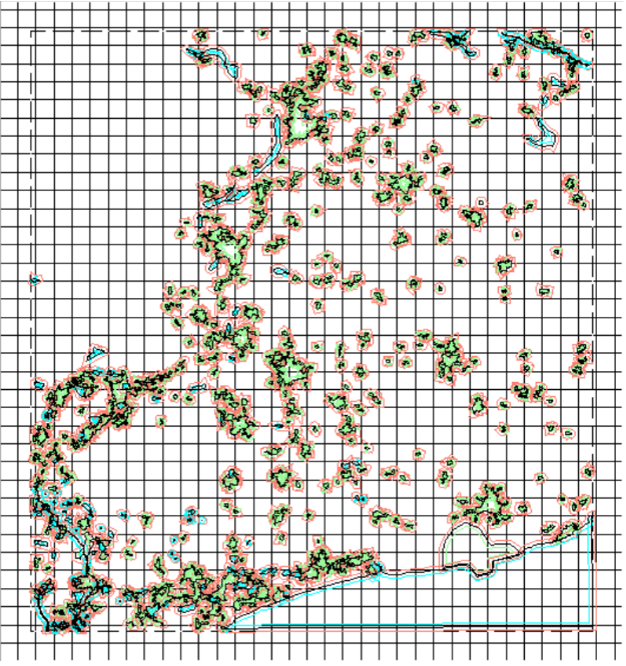
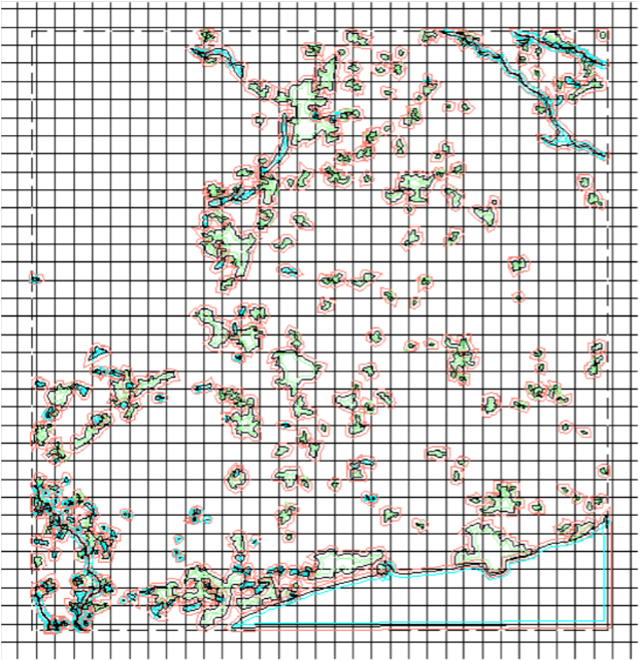
Fig 2. Roughness Elements – QGIS(left) VS Google Earth + Global Mapper(right)
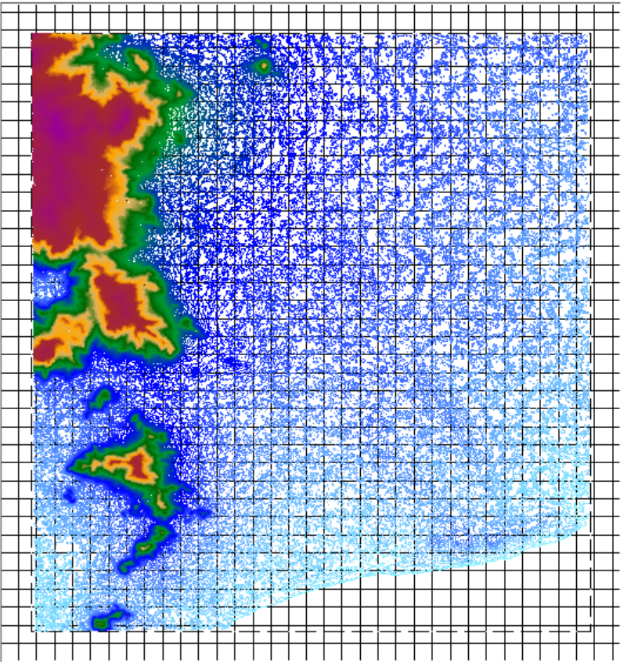
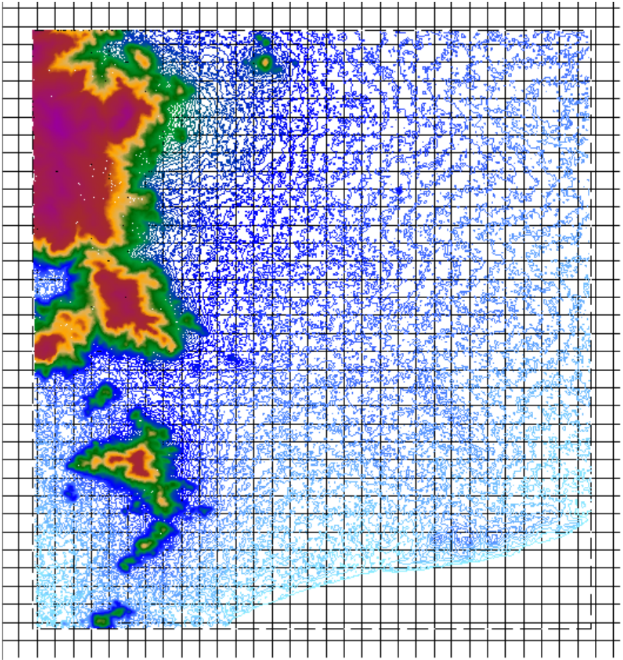
Fig 3. Elevation Contours – QGIS(left) VS Google Earth + Global Mapper(right)
Graphical Representation of Results – QGIS vs GM+GE
In order to quantify the effect of each of the above vector maps on the results, a validation method was identified where the gross generation of the wind farm was compared. Figure 4 above shows the wind farm generation on a per location basis and while there is a good match between the results achieved using both the methods, the minor variation in the values could possibly be due to a more detailed vector map in the case of QGIS since it is noticeable from Figures 2 and 3 that the QGIS method produces more dense contours and maps higher number of villages compared to the manual method.
Linear regression fit between the two methods
In order to understand the effect on accuracy, a simple linear regression fit was performed to further check the level of correlation between the results. A value of 0.98 and a Pearson correlation coefficient of 0.99 were obtained which suggest that the results from both methods have a strong positive linear relationship.


